Planning inspector to probe redevelopment of 1930s landmark after councillors overruled officers’ advice to approve
Westminster council’s refusal of Eric Parry Architects’ plans to add 230 new homes to Pimlico’s Dolphin Square is headed to appeal, Building Design has learnt.
Planning officers had supported Parry’s proposals for the 1930s quadrangle development – long a favourite of MPs, peers and society figures – which would have seen the demolition of its northern-most block for replacement with a new 10-storey building.
But Westminster councillors rejected the scheme at a meeting in July, taking particular exception to the proposed increase in the number of serviced apartments at the development, which would have risen from 143 to 160 as part of the proposals.
Now owner Dolphin Square Estate – which is controlled by US real-estate firm Westbrook Partners – has formally launched a challenge to Westminster’s decision and is seeking a planning inspector-led inquiry into the scheme’s acceptability.
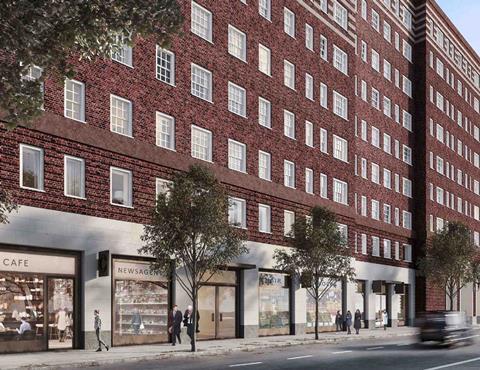
As well as demolishing Rodney House and replacing it with a taller block, Parry’s scheme involved adding an extra storey to the remaining blocks, creating 16 new townhouses, and reconfiguring existing flats to boost the number of overall units from 1,225 to 1,455 homes.
In its statement of case, Dolphin Square Estate says it will demonstrate that Parry’s proposals, along with the public realm work by Todd Longstaffe-Gowan, represent “exemplary standards of sustainable and inclusive urban design and architecture”.
“The architectural quality, local distinctiveness and sustainability, form, scale, finish, colouration and use of materials has been derived from a study of the context, creating visual interest and reflecting the variety of the local palette and strengthening the form and composition of the Dolphin Square Estate,” it said.
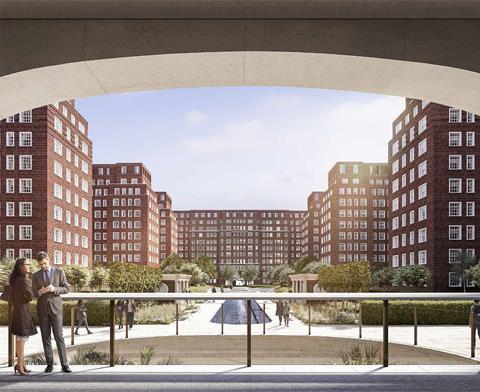
The document says the site owner also plans to show that the proposed mix of units is appropriate and meets local demand for smaller, “financially accessible” rental property.
Dolphin Square was designed by Gordon Jeeves and completed in 1938. Despite being acknowledged as a groundbreaking building and forming the centrepiece of the Dolphin Square Conservation Area, it has been rejected for listing on three occasions and currently has immunity from listing.
The Twentieth Century Society has been a vocal critic of the Parry proposals, arguing that they would “irrevocably damage” the heritage significance of a pioneering development “without any corresponding public benefit”. It was joined by Dolphin Square Preservation Society and the Blue Dolphin Tenants Association in opposing the plans.
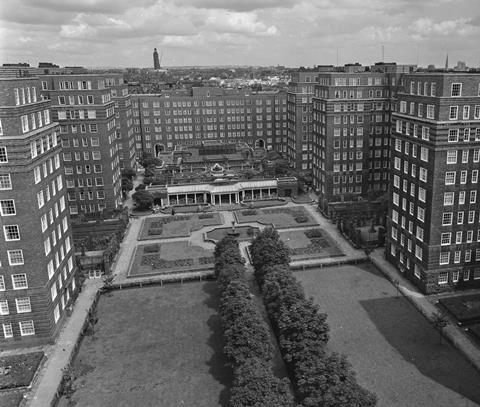
Westminster’s formal reasons for rejecting the Parry plans were given as harm to the appearance of the building and the character and appearance of the local conservation area; concerns over its mix of housing; and concerns over the intensification of short-term let residential property.
Planning officers had accepted that there were “numerous and wide-reaching objections” to the proposals, but insisted Parry’s scheme was acceptable.
Planning committee chair at the time Gotz Mohindra said that despite officers’ advice, the plans were at odds with core council objectives.
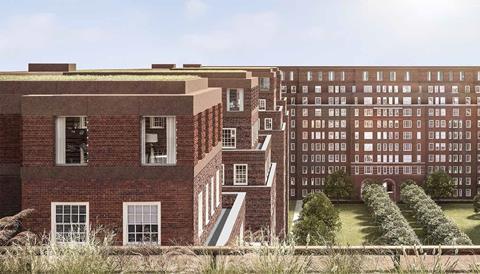
“Dolphin Square clearly needs refurbishment but this scheme provides too much temporary lettable accommodation at the expense of permanent housing, especially for families, or wider public benefit to justify the harm that the extensive works would do to the conservation area,” he said.
“The increase in short-term let properties, which the council and residents fiercely oppose, left us with little choice but to refuse the application.”









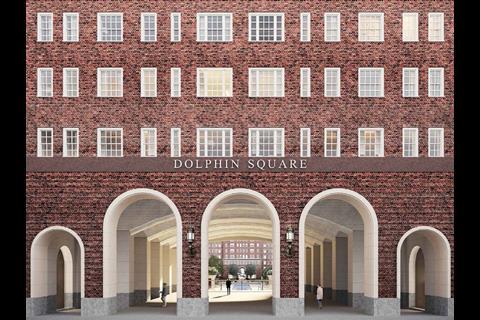

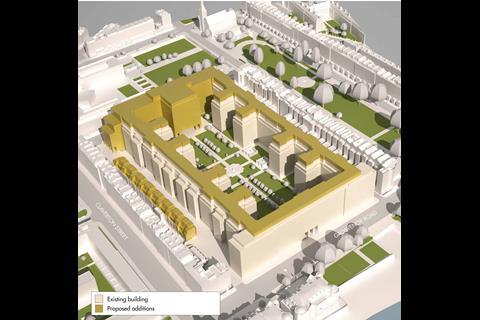




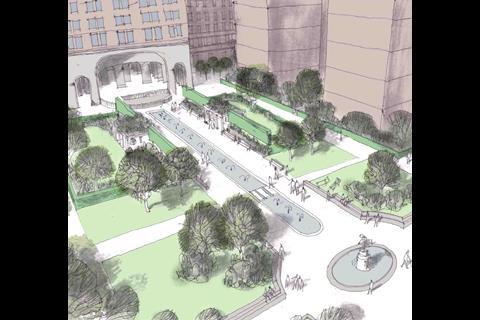
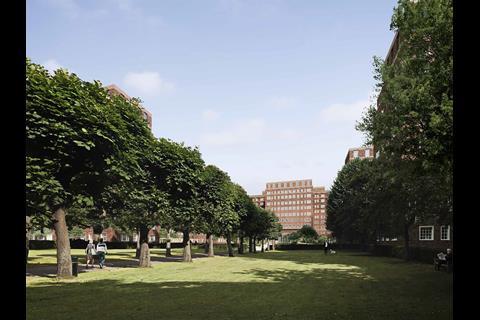







3 Readers' comments